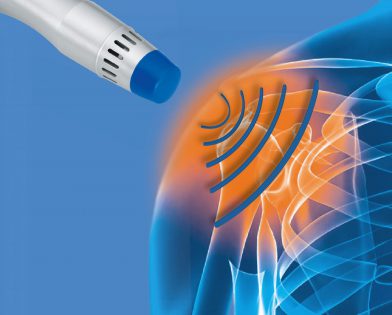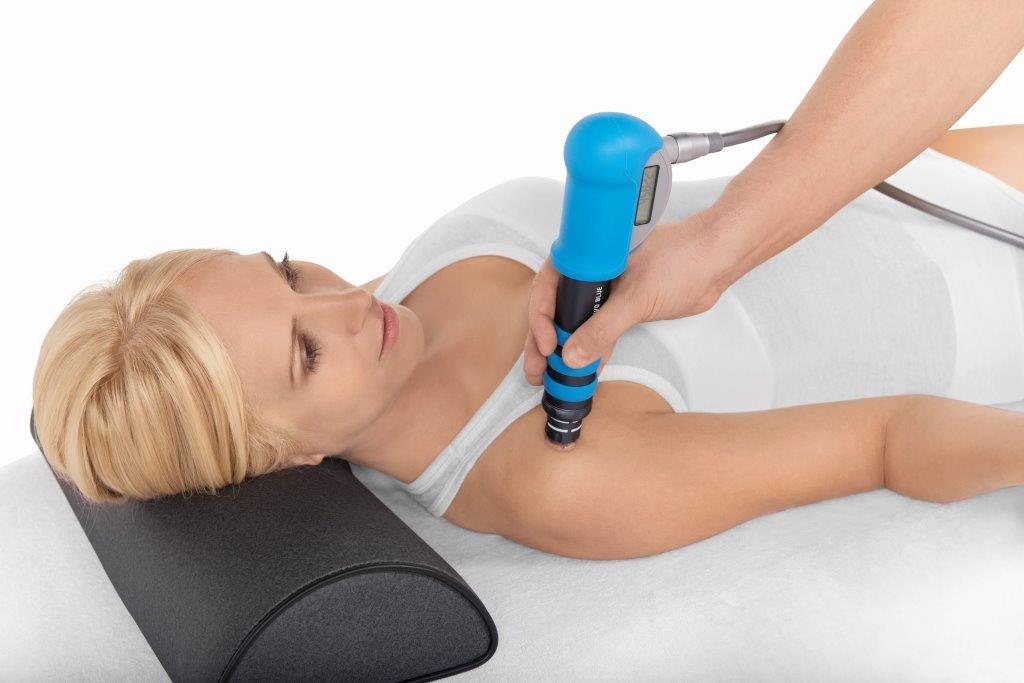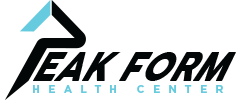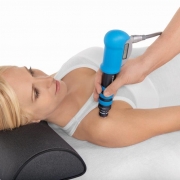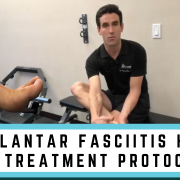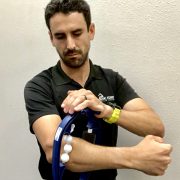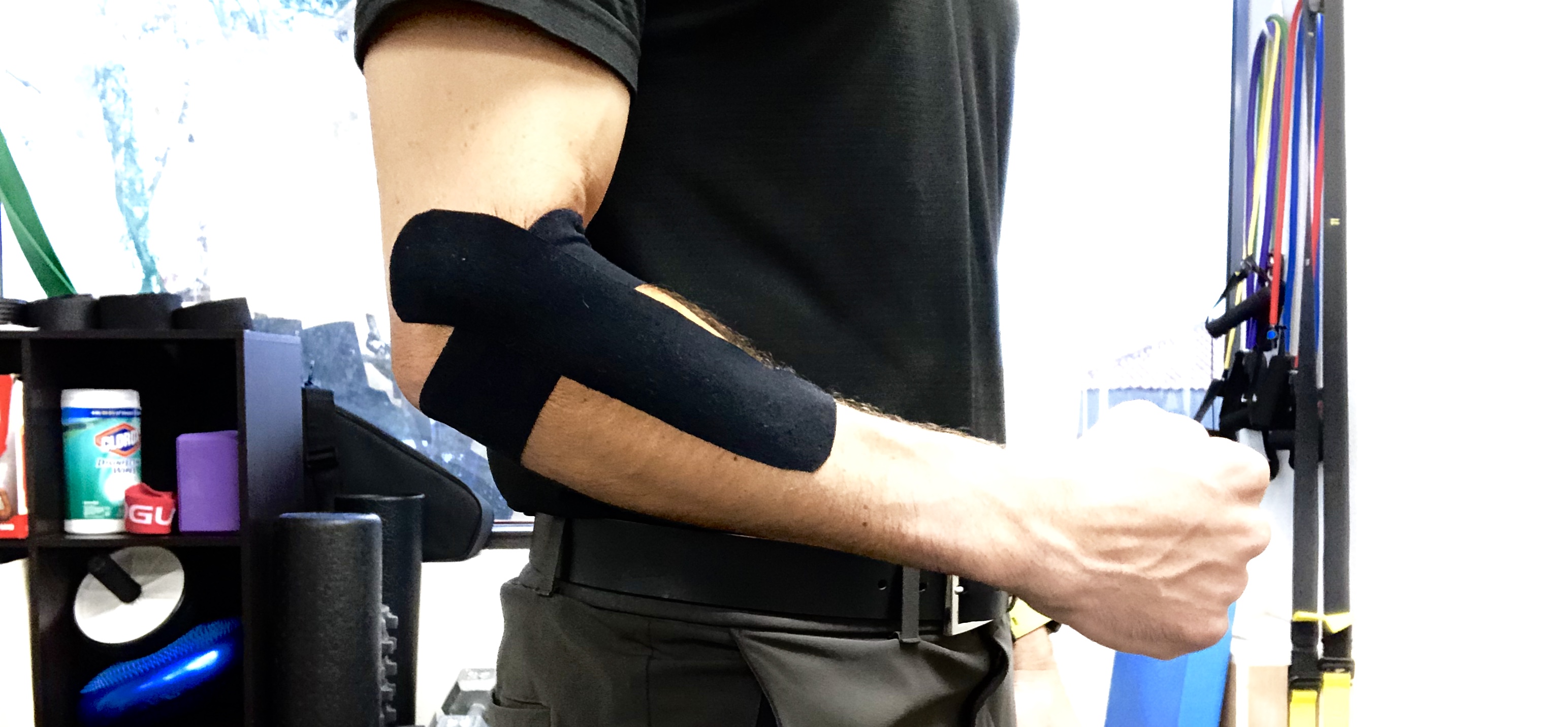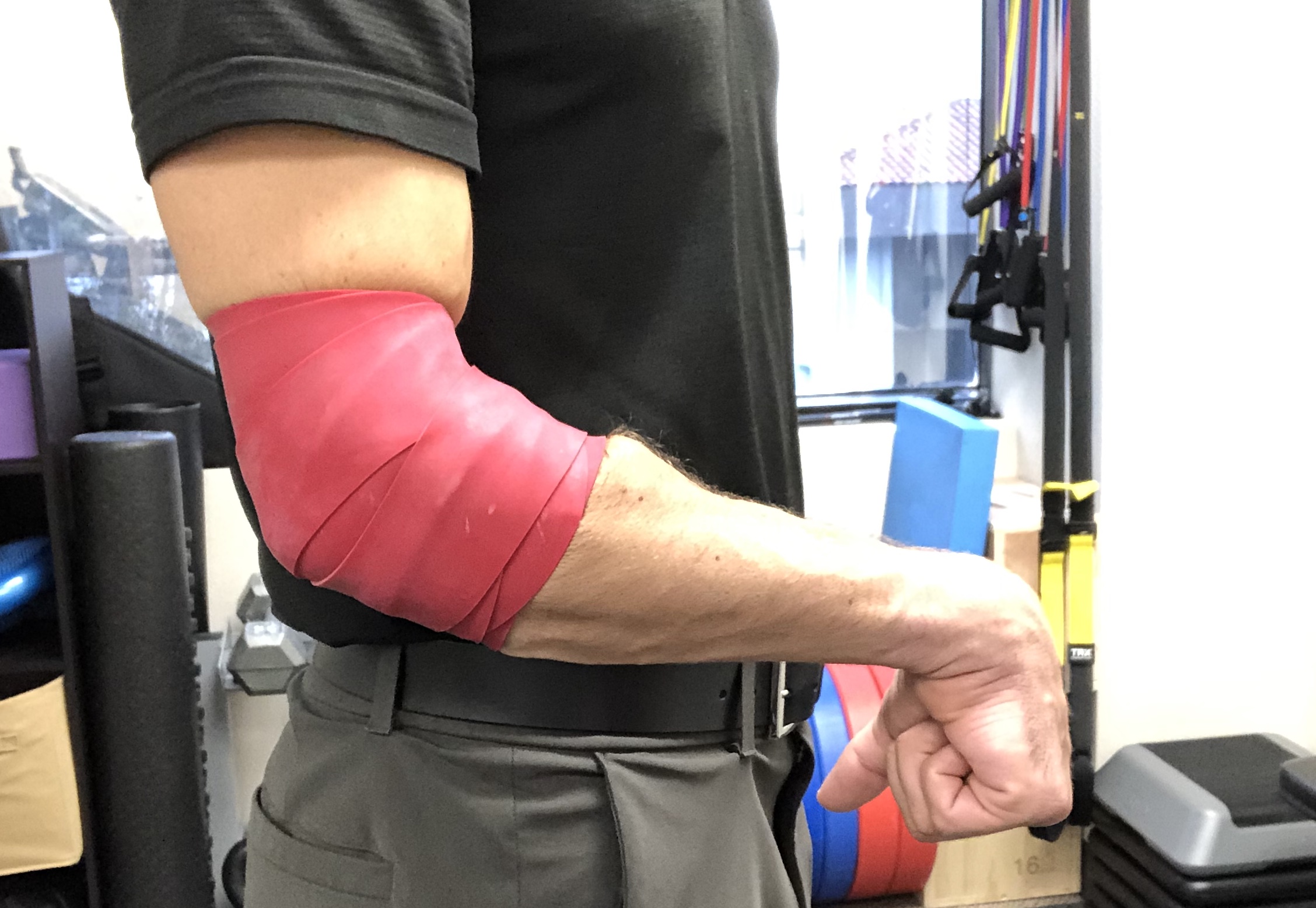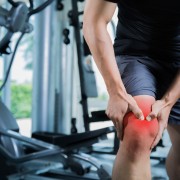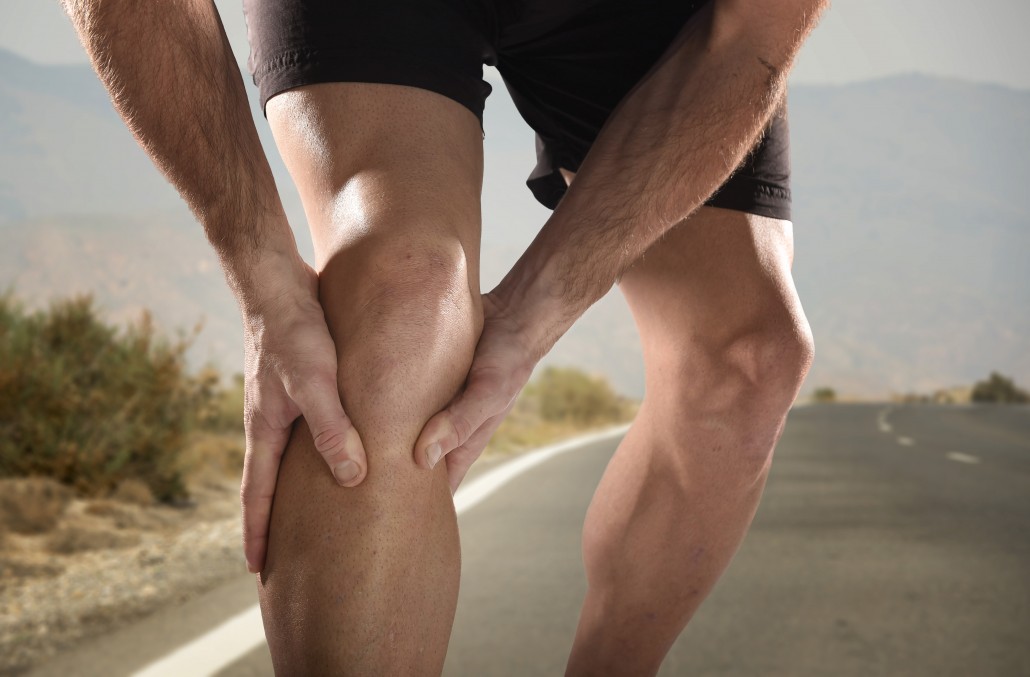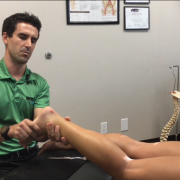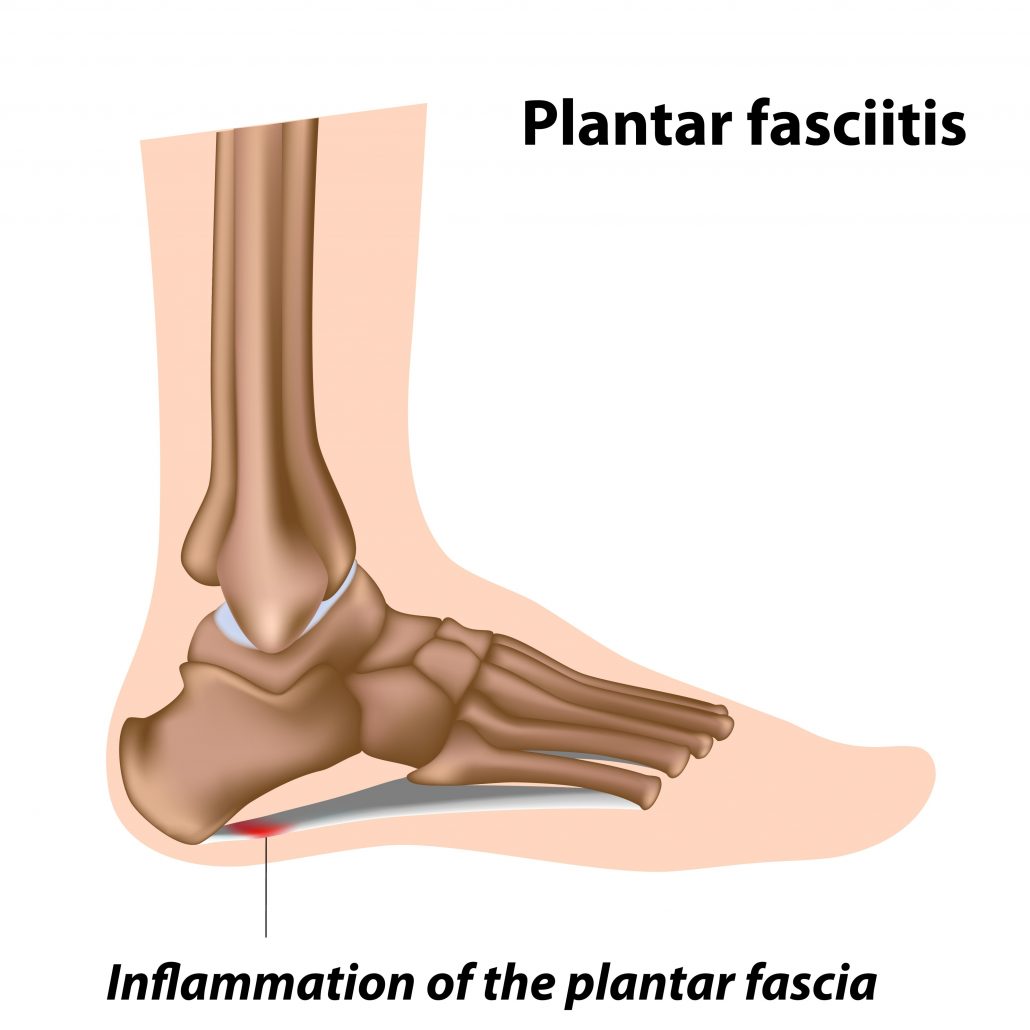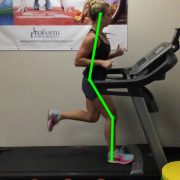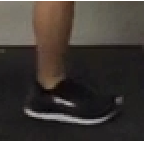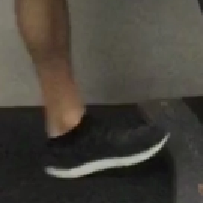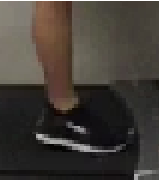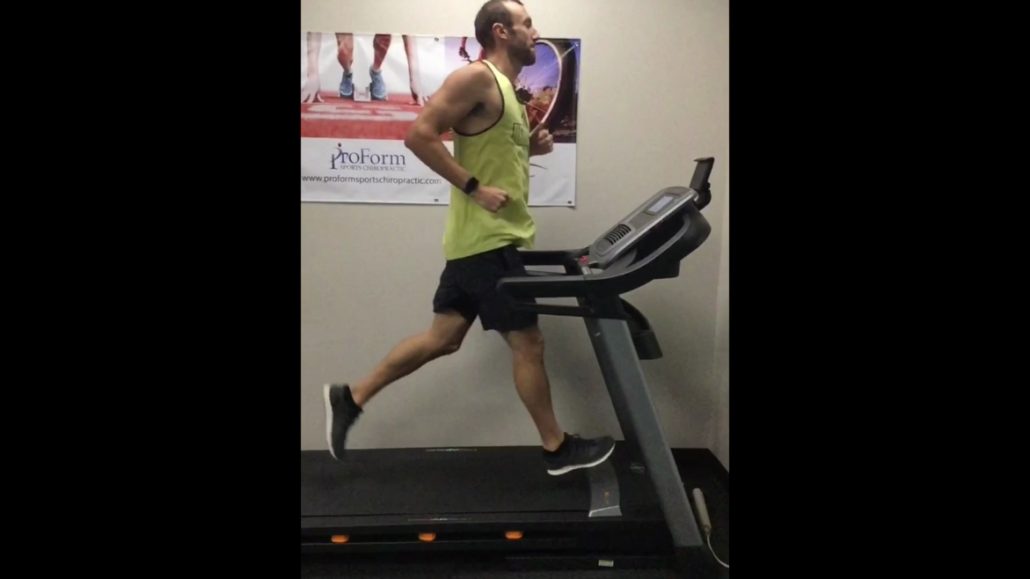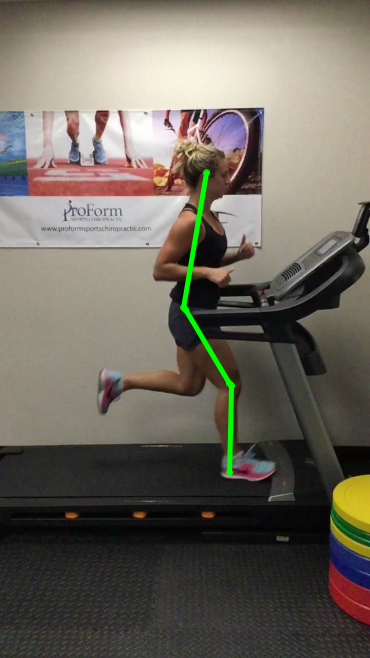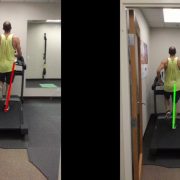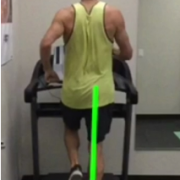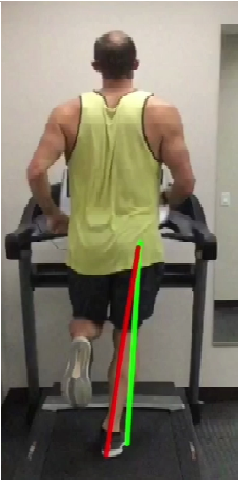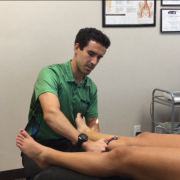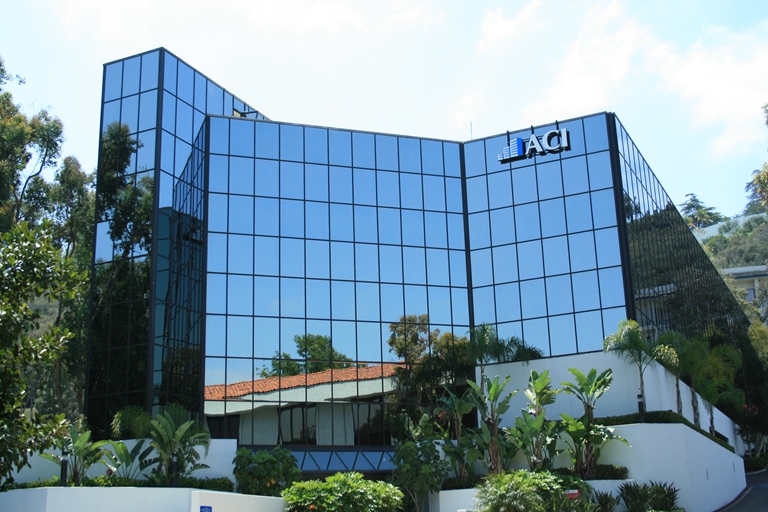Shockwave for Shoulder Pain
Shockwave for shoulder pain is becoming one of the leading therapies for treating chronic, unresolved shoulder pain. Many chronic shoulder conditions involve tendinosis of the rotator cuff. Tendinosis means that the tendon is beginning to degenerate due to chronic injury to the tendon. To help the tendon heal, shockwave for shoulder pain sends high energy sound waves deep into the affected tissues. These soundwaves cause irritation to the damaged tissues which results in the body perceiving that are as being “injured”. The body will then send growth factors to the area, release stem cells, increase capillary production so that the injured area can heal at a higher level.
Shockwave therapy has many benefits. It often will reduce pain and increase mobility immediately after the first treatment. Typical treatment protocols involve 4-6 treatments at 1 treatment per week. This accumulation of treatment ignites the bodies natural healing response to repair the damaged tissues. Our office uses the most advanced shockwave equipment from Kinas medical, the leader in shockwave technology.
Check Out Our Treatment Video Below
Our patient has been dealing with rotator cuff tendinosis. Traditional Physical Therapy, Graston Technique, and Active Release Technique offered only short term improvement before pain returned. The video shows his 4th shockwave treatment and has noticed significant improvement!
After the last shockwave for shoulder pain treatment, we wait 4-6 additional weeks to continue to allow the healing process to occur. Other treatment options for shoulder pain, frozen shoulder, rotator cuff tendinopathies include PRP injections, cortisone shots, Graston Technique, Physical Therapy exercises, and Active Release Technique. We find that shockwave therapy offers fast, efficient treatment that is cost effective for our patients. PRP injections also utilize the body’s own healing response however each treatment ranges from $500-$1,500 per treatment and often requires multiple rounds of injections. PRP injections are also known to be quite painful for the patient while shockwave treatments are generally much more mild.
Can Shockwave Therapy Help with all Shoulder Conditions?
In general, shockwave therapy is very effective for long standing injuries lasting longer than 6 months. It is effective at stimulating the body’s healing response, breaking down scar tissue, and eliminating trigger points. All of which helps with decrease pain and increase range of motion. Shockwave therapy for frozen shoulder is particularly effective because the sound waves can penetrate deep into the shoulder joint where the adhesions in frozen shoulder are found. Many patients who receive shockwave therapy for frozen shoulder see immediate improvement in pain and range of motion!
Are you interested in shockwave therapy for shoulder pain? Schedule with our sports chiropractors at our shockwave clinic, Peak Form Health Center! We are conveniently located in Mission Valley, San Diego. We are one of the few sports injury clinics that offer shockwave therapy for sports injuries.
